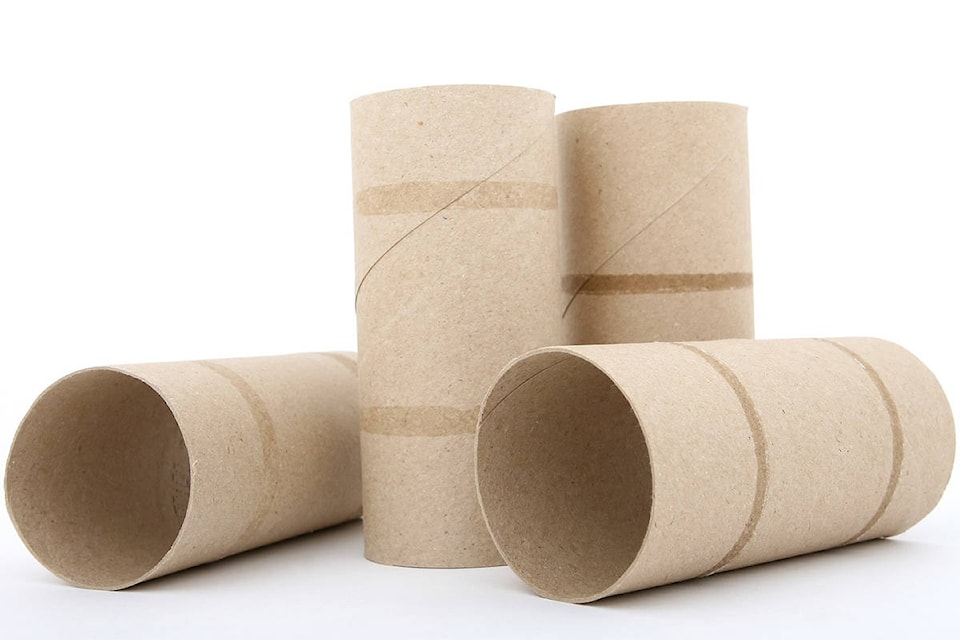Your bowel movements have consequences. Financial consequences.
Hauling away Abbotsford and Mission’s “Class A biosolids” – chiefly residents’ processed poop – over the next five years is set to cost the two communities a little more than $2.6 million.
The two municipalities produce about 5,200 tonnes – 5,200,000 kilograms – of solid Class A waste each year. That’s about equivalent to 82 fully loaded “super train” trucks with two trailers. (A single person produces an average of about 27 kilograms each year.)
Hauling that waste costs about $2.75 per person.
If an upcoming joint council meeting comprising of Abbotsford and Mission politicians sign off on the contract, the waste will be trucked about 340 kilometres to the northeast to a rural plateau near Chase, B.C. It will be dumped there by Sylvis Environmental at OK Ranch. The company says “the majority of OK Ranch consists of rangeland dominated by open grasslands at an altitude of 1,150 meters.”
Grasslands at the ranch have long been used to graze cattle and horses, but the company’s website says such rangeland became less productive due to use. The company says biosolids – human waste – has proven over recent decades to have proven more effective at improving the soils at the ranch.
About 300 hectares are fertilized yearly.
The company’s website says:
“The addition of organic matter, usually present in biosolids at concentrations of up to 65% of dry weight, improves overall tilth, water-holding capacity, bulk density, free air space and soil structure. It is the large input of organic matter and slow release of nutrients that make biosolids such a great fertilizer in this environment. Today SYLVIS uses biosolids in progressive restoration efforts and for fertilization. Without these restoration efforts vegetation only covers part of the soil, leaving it exposed to erosion. With restoration, native grasses and other vegetation are able to form a complete cover creating a thatch layer that protects the soil and retains moisture.”
Organic waste has a long history of being used to fertilize ground, but some scientists are exploring other avenues. Recently, scientists found a way to incorporate biosolids into the manufacture of bricks for the construction industry. The study suggested making biosolid bricks would require less energy than the manufacture of traditional bricks.
RELATED: Abbotsford and Mission look to turn sewage biogas into cash
Do you have something to add to this story, or something else we should report on? Email:
tolsen@abbynews.com
